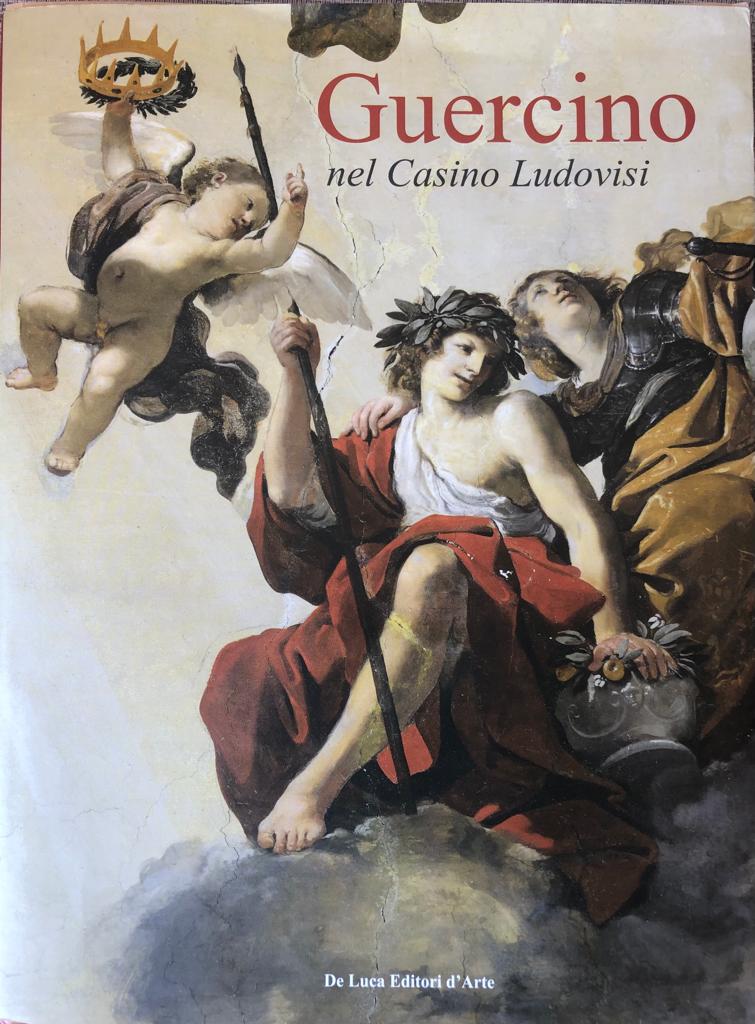Descrizione
Storia dell’arte n. 157 – Nuova Serie | 2022
Numero dedicato a “Guercino nel Casino Ludovisi 1621 – 1623” a cura di Daniele Benati, Barbara Ghelfi, Raffaella Morselli
Non disponibile al download
Cecilia Paolini
La sala della Fama
The Sala della Fama was certainly performed after the underlying Sala dell’Aurora and represents the glorification of the Ludovisi family. The decoration shows the personifications of Fame (center), Honor and Military Virtue (below), accompanied by the Phoenix, symbol of eternal rebirth (above) and by a putto with a royal and a laurel crown in hand (reference to Glory, also to the Love of Virtue). These allegorical figures are inspired by Cesare Ripa’s Iconologia, a compendium of figurative descriptions first published in Rome in 1593. The composition of the entire decorative cycle refers to the Solomonic virtues, that is, the qualities of good governance referring to the biblical King Solomon, whose deeds are remembered in the medallions inserted in the underlying quadratures by Agostino Tassi: the “golden period”, as remembered by the Old Testament under the government of the third ruler of Israel, becomes a metaphor for the political rise of the Ludovisi family under the pontificate of Gregory XV. Although it constitutes the climax of the entire decoration of the villa, the Sala della Fama is scarcely remembered by the critical-literary sources which often misinterpreted its meaning. Even from a technical point of view, the decorative cycle was almost always remembered as a buon fresco; the diagnostic analyzes, performed for this publication, show an experimental pictorial execution, probably projected by Guercino to meet two different needs: the speed of execution without sacrificing the vivid and brilliant effect typical of the buon fresco. For the compositional layout that includes unrelated figurations, the daring poses and the juxtaposed (and no longer tonal) chromatic drafting, the Fama marks the first example of that “second manner” that Guercino fully achieved with the Burial and Glory of Santa Petronilla, performed a few months later.
